Metallographic observation and analysis
In order to obtain the ideal curved teeth, the optimized design by CA. can find the ideal curved teeth and parameters in a short time, and then input into the computer for automated laser cutting, laser cutting is not difficult. The key here is to maintain the original heat treatment state (or little influence) while ensuring a certain surface roughness of the tooth profile. It is different from laser quenching and laser fusing. It must quickly blow off the cut scrap. How to choose and properly combine these parameters to achieve a cutting and forming purpose is exactly where we explore the research. Through a variety of milling cutters, a variety of tooth shape comparison test research, found the best laser cutting process parameters for different specifications of the tooth profile. In addition, in order to make the fuses extremely vaporized and the tooth shape is perfect, we also have the appropriate high-speed high-pressure blowing and Looping cutting. After laser cutting with the process parameters selected by us, the hardness of the tested tooth was maintained at about 63 HRC and the original quenching. The fire hardness is not much different.
The metallographic observation shows that the surface layer (edge ​​area) is a white bright layer which is not easy to corrode. It is composed of small retained austenite mainly composed of hidden martensite and a small amount of complex components. According to common sense, it should be twice. Quenched tissue. But heated by ten laser cutting. Melting, gasification, and cooling are extremely fast, austenite is formed and transformed at an extremely rapid rate, and is quenched in general. The austenite is formed under the high temperature of the fire, so the austenite is fine and the supersaturation is large. The cryptocrystalline martensite is formed in the subsequent rapid cooling, and the matrix structure is still the original treated state, and the hardness is 840HVO. 1 or so, the surface hardness is slightly lower than the core (matrix). It may be due to more residual austenite in the surface layer.
Lamp head
A lampshade is a fixture that covers the lightbulb on a lamp to diffuse the light it emits. Lampshades can be made out of a wide variety of materials like paper, glass, fabric or stone. Usually conical or cylindrical in shape, lampshades can be found on floor, desk, tabletop, or suspended lamps. The term can also apply to the glass hung under many designs of ceiling lamp. Beyond its practical purpose, significant emphasis is also usually given to decorative and aesthetic features. A lamp shade also serves to "shade" human eyes from the direct glare of the light bulbs used to illuminate the lamp. Some lamp shades are also lined with a hard-backed opaque lining [1], often white or gold, to reflect as much light as possible through the top and bottom of the shade while blocking light from emitting through the walls of the shade itself. In other cases, the shade material is deliberately decorative so that upon illumination it may emphasize a display of color and light emitting through the shade surface itself.

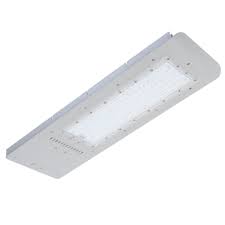
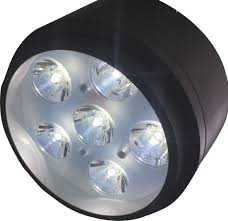
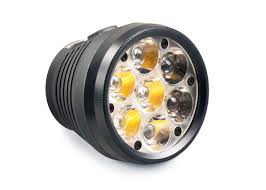
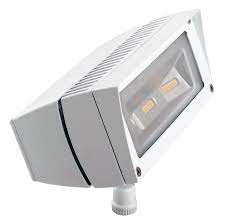
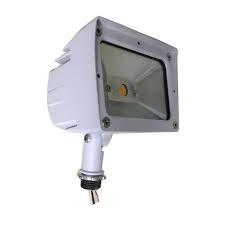
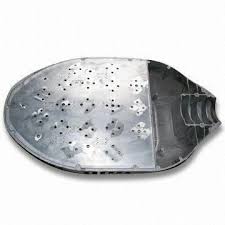
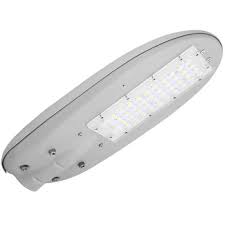
Lamp Head,Aluminum Led Light Bar,Aluminum Mold Light Bar,Aluminum Die Casting Light Bar
Ningbo Jinyao Machinery Company. LTD , https://www.cardiecastingmold.com
